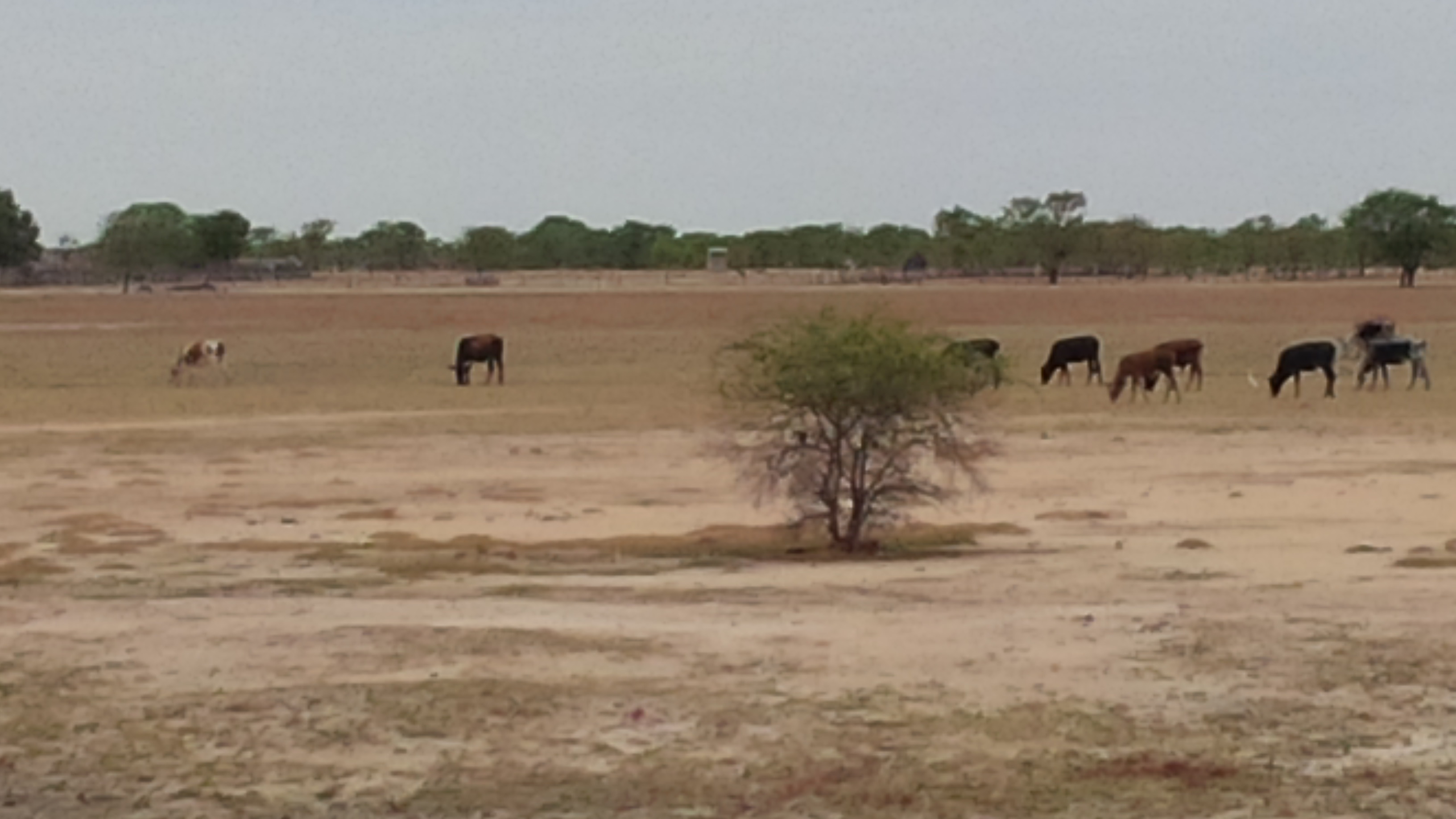ASSAR consults stakeholders on climate change adaptation and Vulnerabilities in Namibia

Written by Salma Hegga and Katrine Claassens
Although climate change is not just an environmental issue, it is often framed as one, to the exclusion of its social, economic and cultural implications. For example, where countries’ economies are tied to climate-sensitive sectors (e.g., agriculture and livestock production), the livelihoods and well-being of people living and working in these countries become climate-sensitive as well. In such places, it is important to consider the impacts that climate change will exert on all aspects of society, and to understand how to adapt to these changing conditions.

Image: A Baobab Tree in Omusati
In Namibia, traditional agriculture is not only the country’s primary sources of employment, but its practices are embedded in local culture. Yet it is this sector that is predicted to be the most affected by climate change, with substantial decreases in production anticipated. To better understand how these climate impacts will affect Namibians, ASSAR’s southern African team met different stakeholders across the country from national (in Windhoek) to local (in the Omusati region) levels to identify their vulnerabilities and explore possibilities for adaptation.
Vulnerabilities
ASSAR identified a number of vulnerabilities in the Omusati Region. Shifting rainfall patterns manifesting in climatic extremes – either of drought or flooding – have decreased the crop growing season. Increasing heat has meant that working in the fields after 10am is no longer feasible and has made husbandry of non-local cattle breeds that are sensitive to increased temperatures, a precarious investment. Modifications to farming practices are necessary if farmers are going to successfully adapt to these changing conditions. The costs and risks (perceived and real) for local farmers of abandoning age-old traditional farming methods are amplified by the lack of basic information and understanding about climate change. Farmers would rather make decisions based on their personal observations (something problematic due to the normalisation of drought conditions) and their historical knowledge of local conditions, than modify their methods in accordance with predictions based on climate models.

Image: Cattle graze on dry land
Economic vulnerability has already increased due to the reluctance of people (particularly community elders) to sell cattle – high-status animals – in times of drought. Communication is also an obstacle to implementing adaptation measures, both because of language barriers (English and technical jargon vs. local languages) and because local people are wary of the purveyors of climate change messages. The issue of communication was identified to be a barrier at local levels too, and stakeholders said that the reason for the failure of many of the adaptation strategies already attempted was a lack of communication and unclear mandates between local councillors and technical government staff.
Solutions to stakeholder concerns/ barriers
Stakeholders had a number of suggestions for overcoming these barriers and implementing long-term adaptation measures. Having a clear understanding of community needs and concerns was highlighted as especially important as these provide an indication of the factors that can motivate farmers to participate in adaptation projects. Stakeholders also voiced the importance of receiving adequate information so that they could be active participants in decision-making processes. They claimed that they would resist any strategies that were imposed on them, and that adaptation would only be effective if experts engaged with the local community and integrated their traditional knowledge with the scientific data. As people are more receptive to their councillors, the success of projects would appear to depend on the extent to which local councillors are involved. Without them it would be very hard to get stakeholders to participate in climate change adaptation activities.

Image: ASSAR stakeholder meeting
Conclusion
Without understanding the cultural issues and attitudes that influence the local interpretation of climate change, adaptation efforts will be hampered. Adaptation planning needs to take into account the context in which the impacts of climate change affect the community, including any cultural aspects that could affect decision making. ‘A one-size-fits-all’ approach is likely to be ineffective; rather, contextualised solutions that take local conditions into account are ideal. As Namibia is a country dependent on a natural resource base that will be increasingly affected by climate change, the need to mainstream climate change into policies and planning is pressing.
All image credits: Salma Hegga
- See more at: http://www.assar.uct.ac.za/news_archive#sthash.zAAMPC4u.dpuf